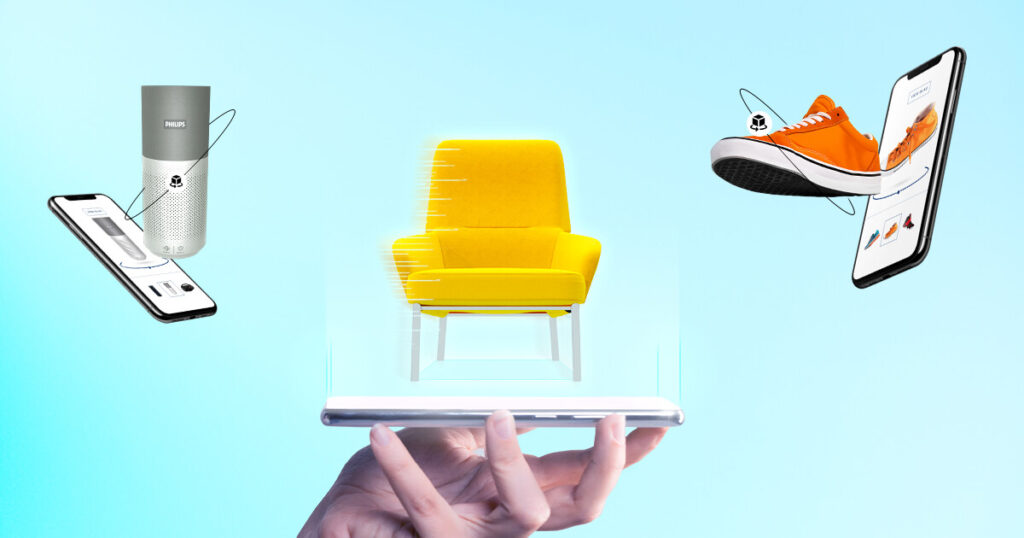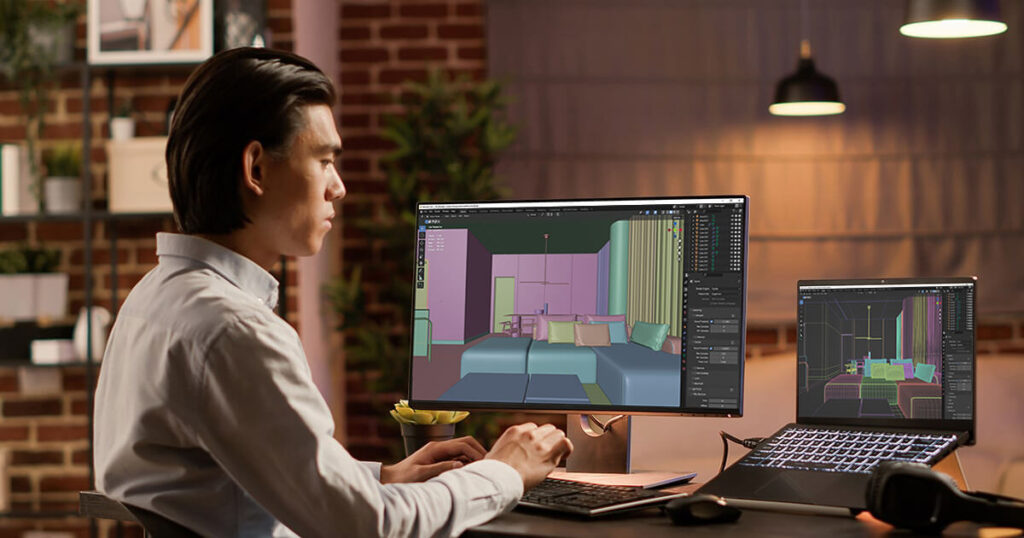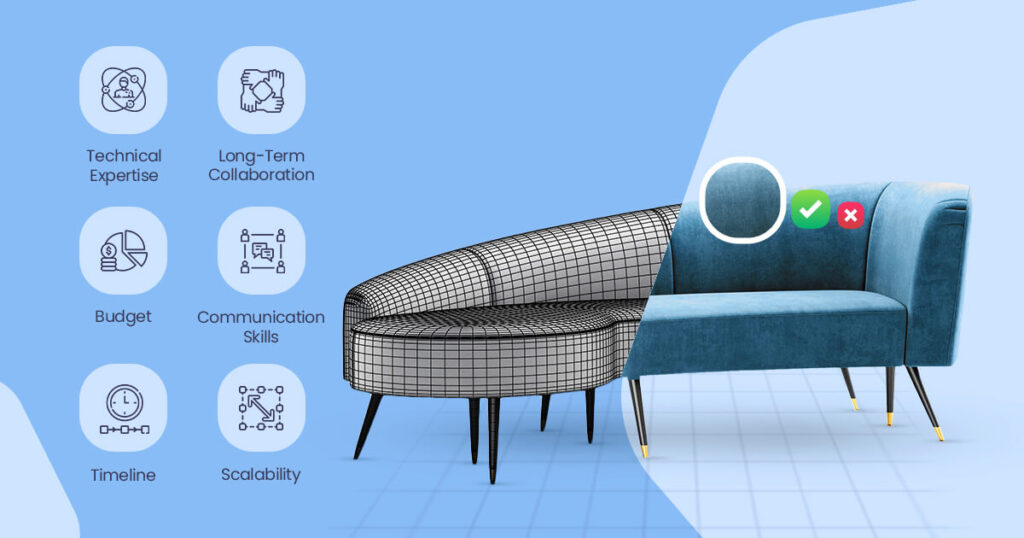In the world of 3d modeling and layout, low poly models are a vital idea. Low poly are 3d fashions formed with terribly few polygons to draw a shape of an object. This method creates a simplified model of the object that is lighter in file size and easier to render. Despite their simplicity, low poly models can nevertheless efficaciously carry the shape and characteristic of furnishings pieces, making them a famous preference inside the enterprise.
The design and marketing of furniture has changed as a result of 3D modelling. It lets in designers to create and visualize fixtures concepts before they ever input bodily production. By the use of 3D models, corporations can experiment with specific shapes, substances, and colorations without the want for high priced prototypes. This technology enables fixtures brands to streamline their layout procedure, growth precision, and reduce lead instances, ultimately main to better, more innovative products.
Low poly models offer several blessings, especially inside the context of furniture layout and advertising. First, their smaller document sizes lead them to clean to paintings with, whether for real-time visualization or augmented fact (AR) applications. They also reduce rendering times, which could accelerate workflows. Furthermore, low poly fashions may be optimized for online systems, ensuring clean overall performance when included into web sites, apps, or digital showrooms. This approach helps stronger consumer studies by allowing potential customers to engage with 3D furniture fashions in real-time, all at the same time as preserving a visually appealing stage of element.

Low-poly models: an overview
Explanation of the Low Poly Modeling Technique
Low poly fashion is a method in 3D layout wherein the gadgets are made with using minimal polygons. Polygons, the flat shapes that make up a 3D version’s surface, are stored to three to create a simplified, yet recognizable, representation of the item. This approach reduces the complexity of the model, leading to smaller report sizes and quicker rendering times, making it best for applications that require real-time performance.
Comparison with High Poly Models
High poly fashions use a larger number of polygons, resulting in especially designated and realistic items. While they provide extra complex elements, in addition they demand notably extra computational sources and large record sizes. This can sluggish down rendering and cause them to be much less realistic for actual-time programs, inclusive of interactive 3d visualizations or cell systems. In evaluation, low poly models are much less aid-intensive, allowing for quicker rendering and smoother performance, albeit with less element.
Applications of Low Poly Models in Various Design Fields
Low poly fashions are extensively used throughout exclusive layout fields for their performance and flexibility. In the fixtures industry, they facilitate real-time product visualization and interactive AR experiences, permitting customers to view and manipulate furnishings models comfortably. They also are commonplace in gaming, where they assist keep overall performance across various gadgets, and in VR environments, wherein short rendering is critical for an immersive enjoy. Additionally, low poly models are used in architectural visualization to give designs successfully without overwhelming computational assets.

Advantages of Low Poly Models in Furniture Design
Enhanced Performance and Efficiency in Rendering
One of the most full-size blessings of the use of low poly fashions in fixture layout is the progressed rendering performance. Due to their decreased complexity, low poly fashions can be rendered tones quicker than excessive poly models, allowing designers to iterate on their designs extra fast and efficiently. This is especially beneficial for actual-time visualization equipment and virtual showrooms.
Decreased File Sizes for More Convenient Storage and Sharing
Low poly fashions have significantly smaller file sizes as compared to high poly models. This makes them less difficult to store, percentage, and distribute, lowering storage charges and bandwidth necessities. Smaller report sizes also make it handier to collaborate with team contributors and customers.
Faster Workflow and Iteration During the Design Process
The ability to fast render and iterates on low poly models can extensively speed up the design procedure. Designers can test with exclusive shapes, substances, and finishes while not having to look ahead to lengthy rendering instances. This lets in more greener brainstorming and selection-making, in the end leading to better designs.

Practical Applications of Low Poly Models in Furniture 3D Modeling
Use in Environments of Augmented and Virtual Reality
Low poly fashions are well-suited to be used in digital truth (VR) and augmented reality (AR) environments. Their smaller file sizes and quicker rendering times lead them perfect for growing immersive experiences that may be enjoyed on diverse devices. Furniture designers can use VR and AR to show off their products in realistic settings, allowing clients to visualize them of their own homes or spaces.
Integration with Game Engines for Interactive Design
Low poly fashions may be effortlessly integrated into sport engines, along with Unity or Unreal Engine. This allows designers to create interactive furniture reports, together with digital showrooms or product configurators. By combining 3-D modeling with game engine era, designers can offer clients with a more enticing and immersive manner to explore their merchandise.
Role in Client Presentations and Marketing Materials
Low poly fashions can be used to create visually attractive and tasty client presentations and advertising substances. Their stylized aesthetic can help merchandise stand out from the opposition, while their faster rendering instances allow for greater dynamic and interactive displays. Low poly fashions also can be used to create animated product demos or social media content material.
Conclusion
Low poly models have come to be a cornerstone in 3D fixtures visualization due to their efficiency and effectiveness. By the use of a discounted number of polygons, those models decorate rendering performance, streamline workflows, and create practicable report sizes, making them perfect for actual-time programs and interactive experiences. Their ability to symbolize furnishings designs genuinely at the same time as minimizing computational demands has made them worthwhile in current layout and advertising.
Looking beforehand, low poly modeling is expected to conform to advancements in technology. Enhanced rendering engines and greater sophisticated texturing strategies will in all likelihood increase the talents of low poly models, bearing in mind even more precise and engaging visualizations. Integration with emerging technology, which includes augmented truth (AR) and virtual truth (VR), can even drive innovation, presenting new methods for customers to have interaction with and revel in furniture designs in immersive environments.
Embracing low poly strategies in furniture design gives vast blessings, from quicker rendering times to streamlined layout workflows. As the enterprise continues to adopt and refine those methods, they’ll play an increasingly crucial role in shaping how fixtures are visualized and supplied. By leveraging the blessings of low poly models, designers and brands can acquire more efficiency, supply compelling visible stories, and live beforehand in a competitive marketplace.
FAQ:
Q. Why does low-poly look so good?
The appeal of low poly models is in their abstraction, lower impact on the render system and with a little design clean fun they usually have good aesthetics to them. Circling back to this simplicity, how it can offer a modern & graphic appeal. Furthermore, low-poly models are typically enhanced with effective texturing and lighting effects which allows for more efficient use cases in a wide range of applications.
Q. How do I create a low poly 3D model?
To create a low poly 3D model, follow these steps:
- Create a Primitive Shape: When you make the shape of structure, use some simple geometrical parent as cube or sector.
- Decrease Poly Rely: in 3D modeling software, reduce the poly rely for an object to make it simpler but even now maintain the form fairly intact.
- Form Follows Function: Get the vertices, edges and faces into a position where they look like outdoors form you are trying to make.
- Give Textures and Details: Use textures to make it appear more detailed, also compensate for low polygon count by coming up with shapes (Hence the design pattern).
- Validate for performance: In this assessment whether the version will be used in real-time applications and correct it wherever necessary makes very important at the last step of pipeline
These steps will help you create a functional and visually appealing low-poly model.
Q. How can low-poly models be rendered to appear realistic?
How to realistically render low-poly models:
- High-Quality Textures: Implement textures and materials on a detailed level to make the model look realistic.
- Leverage dynamic shadows, and ambient occlusion as well to make the lighting effective to increase realism.
- Apply Normal Maps: These maps are used to add surface details and give the appearance of complexity.
- Use Environmental Impacts: Use reflections, refractions and atmospheric effects to enhance the perception of space in visualizations.
- Use Shading: Use smooth shading or any shades to make finished and more realistic surface.
Here is can be different techniques to make a low-poly look good for your scene without lose efficiency.





